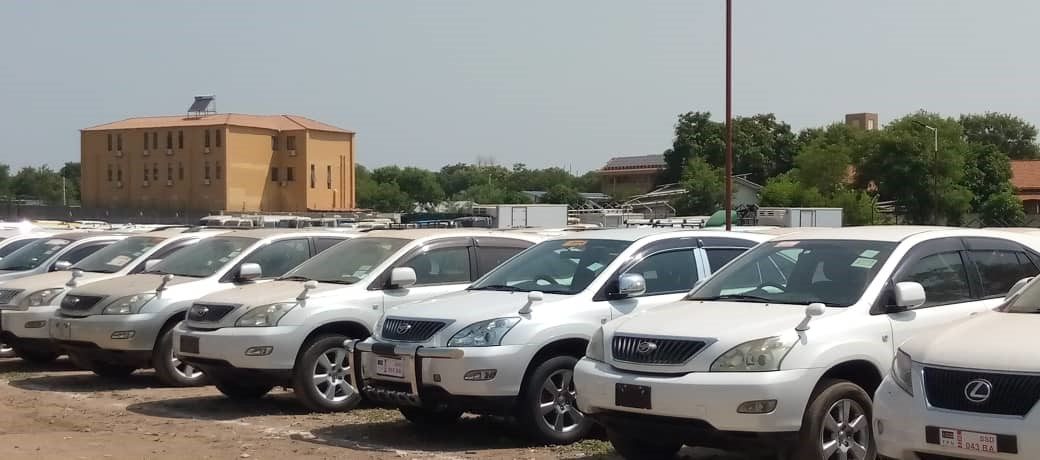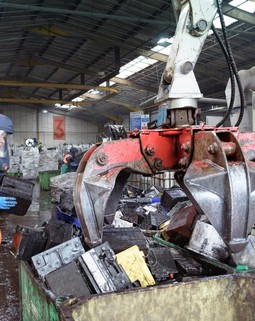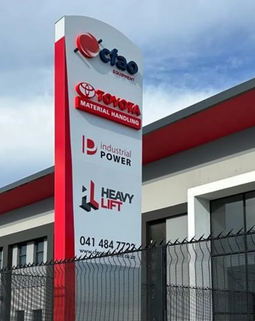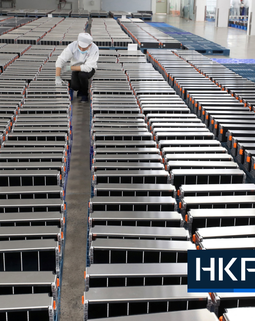Mozambique is witnessing a significant rise in the number of vehicles on its roads, a development that brings both opportunities and challenges. Vuma, a respected public figure, has recently called for a national reflection on the implications of this surge. The increasing number of cars is not just a sign of economic progress but also a potential source of environmental and infrastructural concerns.
The Growth in Vehicle Numbers: A Double-Edged Sword
The rapid increase in vehicle ownership in Mozambique reflects the country’s economic growth and the improving standard of living for many citizens. As more people gain access to cars, mobility improves, facilitating business activities and personal convenience. However, this growth is a double-edged sword, as it also brings about significant challenges that need urgent attention.
One of the most pressing issues is traffic congestion, especially in urban areas like Maputo. The infrastructure in many parts of Mozambique is not designed to handle the current volume of vehicles, leading to frequent traffic jams that disrupt daily life and hinder economic activities. Moreover, the rise in vehicles has exacerbated the wear and tear on roads, many of which are already in poor condition due to limited maintenance.
Environmental Impact: A Growing Concern
The environmental impact of the increasing number of vehicles cannot be overlooked. With more cars on the road, the levels of carbon emissions and air pollution have risen, contributing to climate change and negatively affecting public health. Mozambique, like many developing nations, is already vulnerable to the effects of climate change, and the rise in vehicle emissions only adds to these challenges.
Vuma has highlighted the need for the government and citizens to consider the long-term environmental consequences of the growing number of vehicles. He advocates for the adoption of cleaner technologies and the promotion of public transportation as viable solutions to reduce the country’s carbon footprint.
Road Safety: An Urgent Issue
Alongside environmental concerns, the increase in vehicles has led to a rise in road accidents, many of which result in fatalities. Mozambique's road safety record has been a cause for concern, and the surge in vehicle numbers is likely to exacerbate the situation. Poor driving habits, inadequate road infrastructure, and insufficient enforcement of traffic laws are contributing factors that need to be addressed to improve road safety.
Vuma has called for strategy to tackle road safety issues, including stricter enforcement of traffic regulations, improved driver education, and the development of safer road infrastructure. These measures are crucial in reducing the number of accidents and saving lives.
Urban Planning: A Need for Sustainable Solutions
The increase in vehicles also brings to light the need for better urban planning in Mozambique. Many cities are experiencing rapid urbanization, and the current infrastructure is struggling to keep up with the demands of a growing population and increasing vehicle numbers. Vuma emphasizes the importance of sustainable urban planning which includes the development of efficient public transport systems, expansion of road networks, and creation of pedestrian-friendly spaces.
Investing in public transport, such as buses and trains, can help reduce the reliance on personal vehicles, thereby alleviating traffic congestion and reducing environmental impact. Additionally, urban planning should prioritize the development of infrastructure that supports non-motorized transport, such as cycling and walking, to promote healthier and more sustainable communities.
Conclusion
The surge in the number of vehicles in Mozambique presents both opportunities and challenges. While it reflects economic progress, it also brings significant environmental, safety, and infrastructural concerns. Vuma's call for reflection is a timely reminder that Mozambique must adopt a balanced approach, ensuring that the benefits of increased vehicle ownership do not come at the cost of the environment, public safety, and urban liveability.





